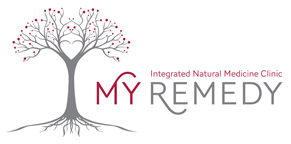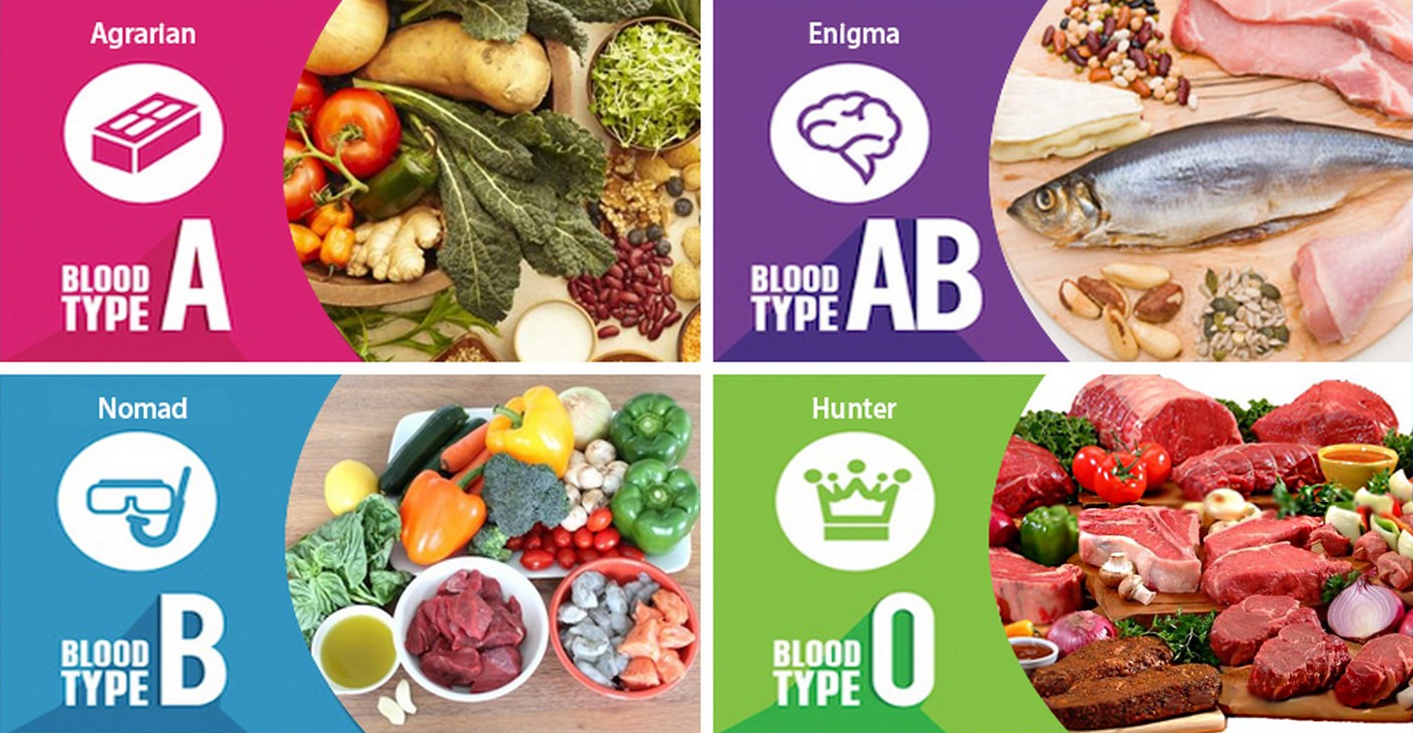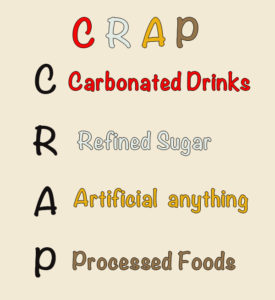What Is The Blood Type Diet?
Ramblings by Lynette Hill, Naturopath
An Introduction To The Blood Type Diet
There are all sorts of theories and counter theories, even debunking of theories about the “Blood Type Diet” which was popularised in the book Eat Right for Your Type, written by naturopath Peter D’Adamo.
According to D’Adamo’s theory if you adhere to a diet specific to your blood type you can improve health and decrease risk of chronic illness such as cardiovascular disease. He does not promote this diet for weight loss specifically. That’s why I like it. I’m more about people eating the food they need to be well rather that punishing themselves with fad diets.
The “Blood Type” concept is based on evolutionary history and the observation that different blood types emerged as the environmental conditions and eating styles of our ancestors changed.
I’ve used the blood type theory as “part” my practical suggestions in clinic for many years and have noted, that when people eat from the foods that are considered “avoid” foods, there is less inflammation witnessed in both Hemaview (Live Blood Observation in Clinic), and in inflammatory markers in Laboratory testing. I have also noted that there is less need for dietary intervention or supplementation of multi-vitamins and nutrients.
The biggest criticism is always that a food that is supposed to be avoided is one that someone loves, or one that is considered beneficial that an individual hates or reacts to. Well of course! We are all individual and no matter which blood type we are, we are a long way generationally from when our ancestors lived as closed colonies, sharing the same limited food sources, lifestyle and environment. Remember also, that you have a genetic soup that has been handed down from your ancestors, and unless you beamed down from outer space as an “O” type, odds are that you share “A”, “O”, “B”, and possibly even “AB” heritage.
So, like any diet that comes my way, I like to take a step back, engage my logical brain and assess how it may work.
Download The Blood Type Diet Guide
Enter Your Email and access the Blood Type Diet Guide.
A Brief History Of Blood Type Change
A very brief history of blood type change: In the beginning, all humans (and it may even be “pre-humans”) shared the same blood type: type A. The first huge change came with a new blood type – “O” types. These early humans were skilled hunters and thrived on a meat-based diet. The A blood type continued as it was well adapted to a more agrarian lifestyle. It is hypothesised that genetic mutation, infectious diseases and climatic changes in the western Himalayas led to the appearance of type B, and the blending of type A and type B blood types in modern civilization resulted in the appearance of the type AB blood type.
Book and a short appointment at the My Remedy Clinic for just $15 and find out.
*Look under Other Services on the booking page.
Book Online NowThe “O” blood type
The “O” blood type is often referred to as the “original” blood. Its origins are in the earliest man. The diet at this time was that of the “hunter gatherer”. Therefore, the foods that these people would have developed their bone structure (including jaw and teeth) to survive would have been simple. What they could catch and what they could find; Game, beans, seeds, fruit, mushrooms, foraging type foods. These people were not farmers. There was no dairy, nor were they farmers, so grains would not feature. I have noticed in clinic, that the “Paleo diet” really suits these people well. However!
Just because “O” types seem to digest meat protein well, does not mean that it needs to be consumed at every meal. These people would have been sparing with their food, eating all of the beast, salting and curing the meat and making sure that it lasted.
The “A” blood type
The “A” blood type is attributed to both the most ancient and a far more modern group of people. Think of a hugely growing population, with many people to feed, and not much game. These people are our agricultural ancestors; planting huge plots with vegetables, legumes and grains which were nourishing. A look at the Asian diet is helpful here. Rice, Beans, Soy products, many vegetables, but also small game, fish and birds. This diet is light and lean and highly based in plants.
The “B” blood type
The “B” blood type is said to have developed due to climatic change. These people lived in the Ice Age, in northern Asia and Europe, and their food sources needed to have a high content of fat (not just for the people to survive, but for the animals too). Think of fatty meats; seal, fish etc. This was a time of some early farming also with a few grains being introduced. And milking of animals seems to have its origins here. Our earliest farmers, keeping some animals for dairy and meat, and tending small plots to feed their group.
I find it interesting in clinic to note that “B” types either do extremely well with dairy, or the complete opposite and are either highly intolerant or even allergic to dairy.
The “AB” blood type
The “AB” blood type is a combination of both “A” and “B”, and the food lists show a large variety of foods can be easily be consumed.
And it’s all because of a “Lectin”: According to the blood type diet, the physiological reason why people should eat according to their blood type relates to a protein-like substance found in many common foods called lectins and how tolerant each blood type is of these proteins. Although most of the lectins found in food are destroyed by heat or our digestive enzymes, some still manage to be absorbed into the bloodstream, and some of these may be incompatible with our specific blood type.
Dr D’Adamo looked at the specific lectins found in foods specific to each blood type and noted that there were subtle differences which could explain why different blood types would react to “foreign” foods (as an immune response). Dr D’Adamo interprets this lectin-caused immune response to be the origin of many common health complaints and believes that if you want to prevent health problems, it is important to eat food that is compatible with your blood type. Simply, put, intolerance to lectins may lead to inflammation, which may continue to dis-ease, or disease.
Book and a short appointment at the My Remedy Clinic for just $15 and find out.
*Look under Other Services on the booking page.
Book Online NowFinal Thoughts On The Blood Type Diet
My Observations
As stated before, from my observations in clinic, when people are eating largely from the food sources there is less need for multi vitamin supplementation, and less inflammation noted. Most people note that they feel satisfied sooner, with less food consumed; lighter; better bowel habits, and more energy as a result.
Therefore, if you have an inflammatory condition; arthritis and obesity is considered to be an inflammatory condition, eating foods that are considered difficult to digest and therefore inflammatory will not be wise.
My Advice
My advice to my patients, is to include as many of the beneficial and most easily digested foods as possible (always starting with a base of vegetables), and make sure any meat, nuts, grains etc. are from the beneficial foods listed. For the foods considered “avoid”, that’s exactly my advice, have less of them and if possible find an alternative, eg kumara instead of potatoes. It’s not too hard to do.
Whatever food group you belong to my advice is … “Eat good food … not too much … mainly plants”.
And to find out more about your blood type and how this way of eating could work for you, contact us to book an appointment.
More About Us
You can find out more about Lynette Hill here: or you can see all of the My Remedy health practitioners here:
Email: health@myremedy.co.nz or call (09) 479 1171
Download The Blood Type Diet Guide
Enter Your Email and access the Blood Type Diet Guide.






no comments